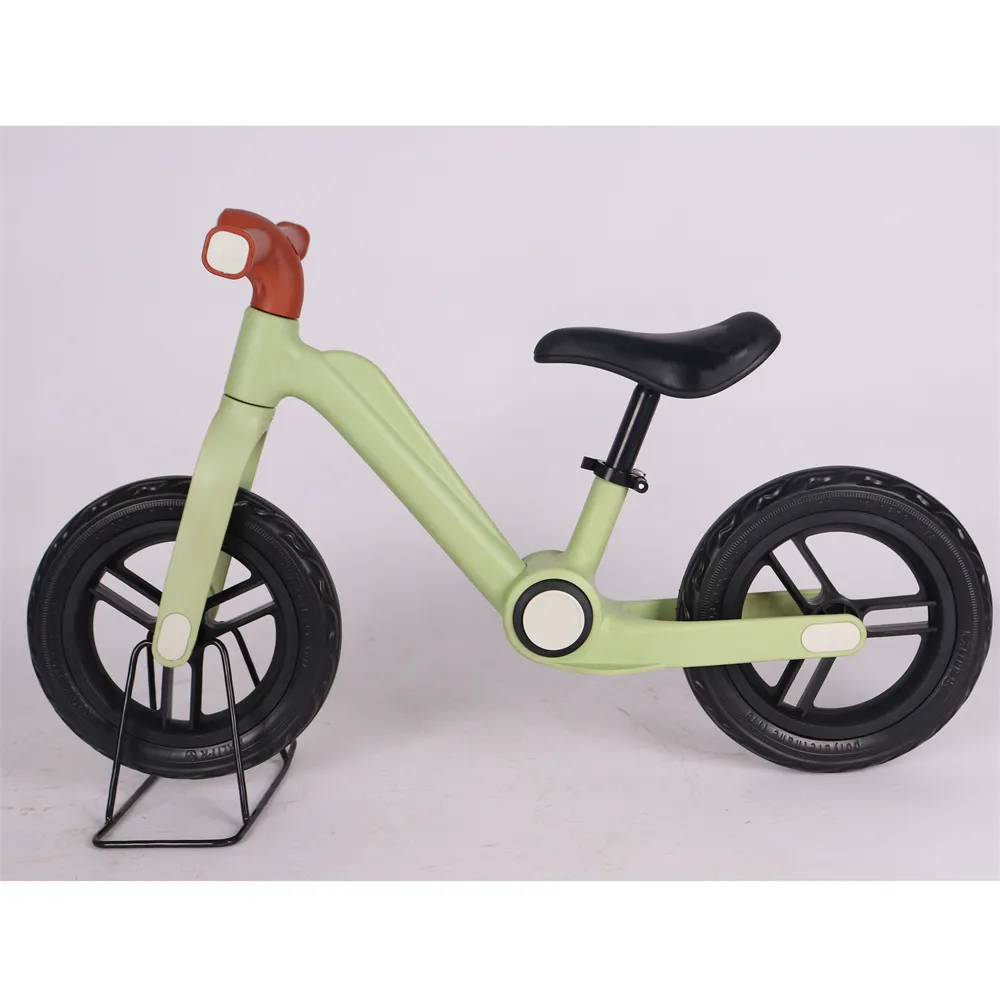Affordable Prices for Kids Bikes That Your Children Will Love
Understanding Kids' Bike Prices What Parents Need to Know
Choosing the right bike for your child is an important decision that can significantly influence their enjoyment of outdoor activities, physical fitness, and development of cycling skills. As parents, navigating the world of kids' bike prices can be daunting, but understanding the factors that affect pricing can help you make an informed decision.
The Price Range of Kids' Bikes
Kids’ bike prices vary widely, typically ranging from $100 to over $600. At the lower end of the spectrum, you can find basic models that are suitable for toddlers and young kids. These bikes usually come with simple features, are lighter in weight, and are designed for safety and ease of use. As children grow older and develop more advanced skills, you’ll notice that prices can increase significantly due to enhanced features, better materials, and more durable designs.
Factors Influencing Price
1. Size and Type Kids' bikes come in various sizes, typically measured in inches based on wheel diameter. Smaller bikes (12-16 inches) tend to be less expensive than larger ones (20-24 inches). Additionally, the type of bike—be it a balance bike, BMX, mountain bike, or road bike—also affects pricing. Specialized bikes often come with a premium price tag due to their design and intended use.
2. Material and Build Quality The materials used in the bike's construction play a significant role in its price. Aluminum frames are common for mid-range bikes due to their lightweight and durability, while heavy-duty bikes made from steel might be cheaper but can be heavier for younger riders. Higher-quality components, such as gear systems and brakes, can also increase costs.
3. Brand Reputation Established brands often charge more due to their reputation, warranty, customer service, and user reviews. While some parents may be willing to invest in these brands for peace of mind, it's essential to balance quality and price with your child's cycling needs.
4. Technical Features Many higher-priced bikes come equipped with advanced features, such as suspension systems, disc brakes, and multi-gear shifters. For casual riders, these features might not be necessary, but for those who plan to use the bike for mountain biking or long-distance rides, investing in a bike with these technical advancements may be worthwhile.
kids bike price

5. Seasonal Discounts and Sales Timing your purchase can also help you save money. Many bike retailers offer discounts during off-peak seasons (like late fall or early winter) or during special events like Black Friday. Shopping around and comparing prices can lead to significant savings.
Tips for Choosing the Right Bike
- Fit and Comfort Ensuring the bike is the right size for your child is paramount. A bike that is too large or too small can hinder their ability to ride safely and comfortably. Always test the bike before buying, and let your child try it out.
- Test Ride If possible, take your child to a local bike shop where they can test ride different models. This experience helps in understanding what they prefer in terms of comfort and handling.
- Shop Local vs. Online While online retailers might offer lower prices, local bike shops provide personalized service, which can be invaluable. They can also assist with maintenance and adjustments—key for a child's bike, as proper fit and adjustments are crucial.
- Consider Used Bikes If you're on a tight budget, look for used or second-hand options. Kids outgrow bikes quickly, and many are in excellent condition, giving you an affordable way to get a good quality bike.
Conclusion
Understanding the various factors that influence kids' bike prices can help you navigate the market more effectively. By assessing your child's needs and considering both budget and quality, you can make a purchase that will keep your child active, happy, and safe while cycling. Whether you opt for a budget-friendly option or choose to invest in a high-quality bike, the goal is to foster a love for cycling that will last a lifetime. Happy riding!
-
The Perfect Baby TricycleNewsAug.11,2025
-
Ride into Fun with Bikes for KidsNewsAug.11,2025
-
Ride into Adventure with the Perfect Kids Balance BikeNewsAug.11,2025
-
Fun and Safe Riding with the Best Childrens ScootersNewsAug.11,2025
-
Find the Perfect Childrens Bike for Your Little OneNewsAug.11,2025
-
Explore the Best Baby Tricycles for Your Little OneNewsAug.11,2025
-
Three-Wheel Light-Up Scooter Benefits for KidsNewsJul.11,2025








